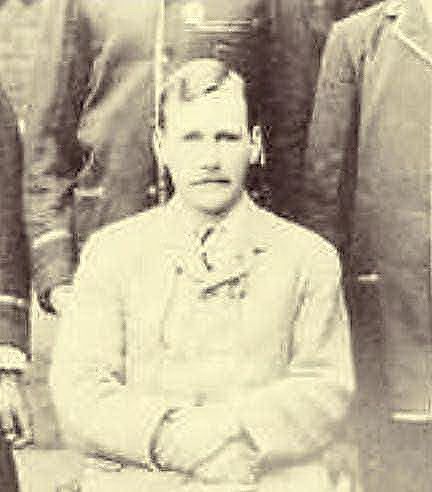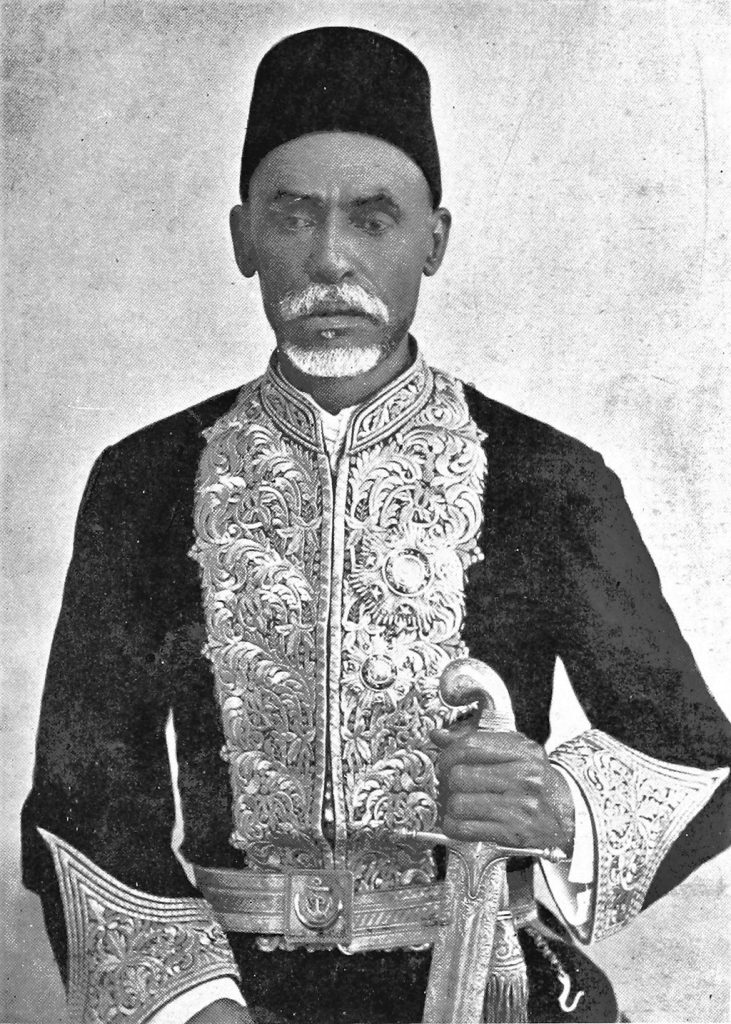Explore the life and poetry of Bhai Nand Lal, a beloved Sikh poet and disciple of Guru Gobind Singh. Discover his Persian and Punjabi works.
Discover how Gerard Wathen, a beloved principal at Khalsa College, earned the affection of Amritsar's Sikh community with his dedication and vision.
DARBARA SINGH, BHAI (d. 1921), still in his teens when he fell a martyr at Nankana Sahib in 1921, was the son of Bhai Kehar Singh and Bibi Ratan Kaur. His father was serving in the Indian army as a havildar (sergeant) and he was born at a cantonment station. His mother died when he was a bare three weeks old, and he was brought up by his grandmother. His father originally belonged to Jarg village, then in the princely state of Patiala, but some time after his retirement in 1908 he migrated to Chakk No. 85 Dalla Chanda Singh in a newly developed canal district.
Explore the legacy of Karam Narain, a lieutenant in Lahore Darbar known for his fairness and military leadership. Learn about his family ties and pension.
Discover the life of Partap Singh, the talented and charming prince whose life was tragically cut short, leaving a mark on history with his intelligence and grace.
Explore Zobeir Rahama's pivotal role in Maharaja Duleep Singh's restoration campaign and his impact on international affairs despite his decline.
DHIAN SINGH (d. 1705), a devoted Sikh of the time of Guru Gobind Singh. He was one of the warriors who took part in the battle against Said Khan. He fell a martyr in the battle of Chamkaur (7 December 1705). M.G.S. DHIAN SINGH, resident of the village of Majri near Chamkaur in presentday Ropar district of the Punjab, was a devoted Sikh of the time of Guru Gobind Singh (1666-1708).
Explore the life of Sodhi Kaul, lineage of Baba Hariji, as he led the Mina sect and interacted with Guru Gobind Singh. Discover his enduring legacy.
PHUL (1627-1689), ancestor of the Phulkiari dynasty, was born in 1629, the second son of Bhai Rup Chand and Mat Ambi. His father was killed fighting against the Bhatlis, Rajput converts to Islam, who were their old enemies and who had control over the Malva region. On the death of Phul\'s father his uncle, Kala, became his guardian. The family shifted to the village of Mehraj, founded by Kala`s father, Mohan, in 1627 with the blessing of Guru Hargobind.
FARRUKH-SIYAR (1683-1719), Mughal emperor of India from 1713-19, was the second son of`Azim al-Shan, the third son of Bahadur Shah. Born at Aurangabad in the Deccan on 11 September 1683, he in his tenth year accompanied his father to Agra, and in 1697 to Bengal, when that province was added to his charge. In 1707, when `Azim al-Shan was summoned to the court by Aurangzeb, Farrukh-Siyar was nominated his father`s deputy there, which post he held until his recall by `Azim al-Shan in 1711. When Bahadur Shah died at Lahore on 27 February 1712, Farrukh-Siyar was at Patna, having tarried there since the previous rainy season. Following the defeat and death of his father in the contest at Lahore, Farrukh-Siyar proclaimed himself king at Patna on 6 March 1712.





